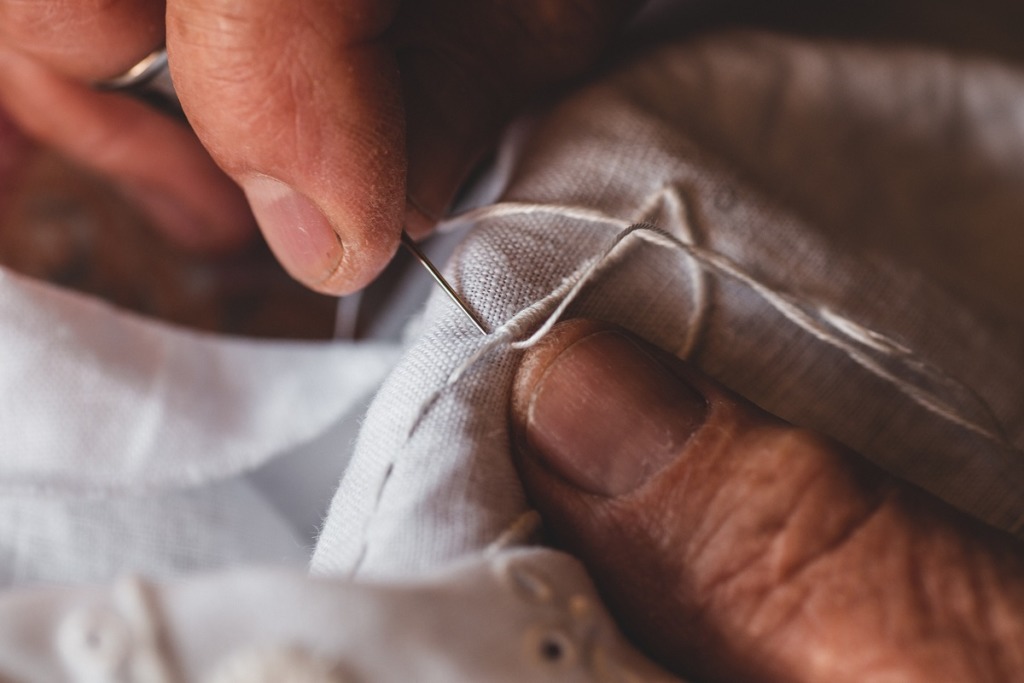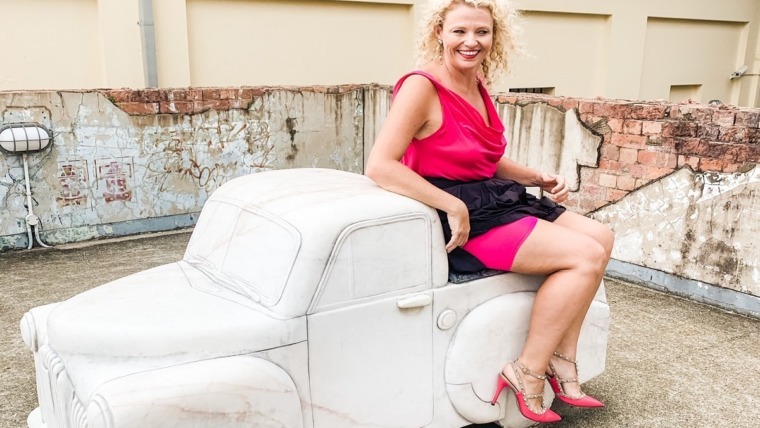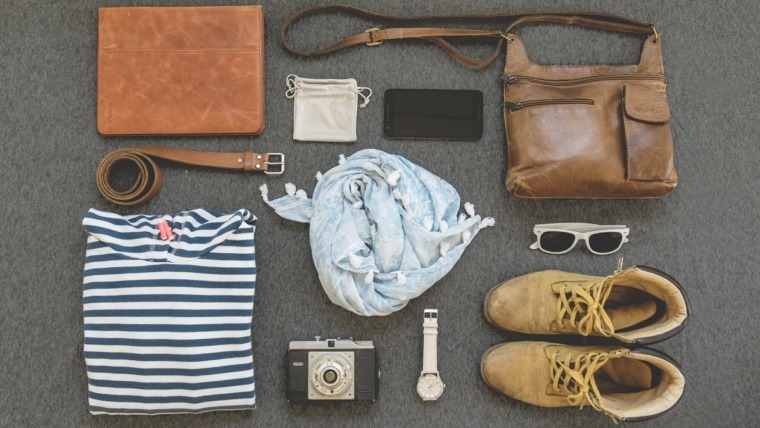
We All Need It, But At What Cost?
Written by Liz O’Dwyer
Clothing is an essential daily item because, well, if we ventured outdoors without clothing we’d be arrested. It’s also a way to express ourselves as individuals. We can tell so much about a person by the clothes they wear. But our quest to be fashionable comes at a cost. Not only a financial cost to us but also an environmental cost. It makes sense then that when we are on our journey to a lighter, eco-friendly lifestyle, our clothing purchases need to be reviewed or dare I say, scaled back.
I’m extremely grateful that so many of us pass our old clothing on to op shops. But you only need to visit an op shop (or a tip shop for other items) to see how much is already in existence. So, we need to become more conscious about our shopping habits to reduce our contribution to the existing excess. Purchasing on a whim, because it’s on sale, or because “I might wear it” will only cause distress down the track. I know, I’ve been there. Or, my famous excuse, “I just need to lose a few kilos and I’ll fit into this”. We know retail shopping is a therapy of sorts, that fulfills an immediate need. But creates other issues when our wardrobe is bursting at the seams.
Some 70% of all clothing that is manufactured ends up in landfill. What a waste. Not only for the physical item itself, but the waste of manufacturing time and labour costs, the creation of the material to make the garment, the water usage, dyes, and chemicals. Most clothing unfortunately is made overseas so there are also the shipping costs (both financial and environmental) as well to consider. The costs we don’t see that go into making up the finished garment all have an environmental impact.
I made a decision a long time ago to reduce my purchasing of new garments. My lifestyle was changing, and it simply didn’t warrant spending hundreds of dollars each month on new clothing. These days it's such a rarity to purchase new.
My fave thing to do is op shop shopping for a range of reasons. There are all sorts of goodies there that are just waiting for another life cycle. There are so many pieces of brand-new clothing still with tags on. Great linen pieces from past designers that I’ve adored, all to be allocated space in my wardrobe.

Most of my clothing is from op shops. I would say 95% of my wardrobe. Not only am I saving on $$ but I’m giving life to clothing that otherwise may end up in landfill. I have recently found an independent op shop in a nearby town that has quickly become a firm fave of mine. On my last visit, I purchased a lovely linen summer top/dress for $2.50. It was in perfect condition and looked as though it had hardly been worn. My initial intention was to use it in another sewing project (more on that in a minute) but when I got it home, I decided it was too good to chop up, and I’d get some wear out of it first. My future plans for this garment will give it another life cycle once I’m finished wearing it.
I also like to sew my own clothes. It’s something I am aiming to increase in the future. It’s a great way to put your own creative stamp on your wardrobe. On a recent day trip to metropolitan Melbourne, I had some time to kill so I took a rare wander through the shopping center. I liked what I saw when I visited a women’s clothing store and I had an impulsive thought, “that’s such a lovely colour green, splash out and make a purchase”. However, there were simply racks and racks of the same clothing. Individualism is dead. My heart sank. Many of these items are designed to wear for the season, then discard in favour of new fashion trends next summer. So, tap into your inner fashionista and create your own beautiful wardrobe.
Visible Mending
There are a couple of ways though to repurpose your wardrobe items. Visible mending is trending. If you have a fave piece of clothing that has a hole or tear in it, instead of trying to fix the hole so nobody can see it, make a feature of it instead. You can use eye-catching contrasting threads to make a feature of the repair. Jeans in particular lend themselves to visible mending. Many clothing designers have already embraced this feature. (I suggest a quick internet search for designer jeans that have been ‘visibly mended’ and see how much for which they sell!) A search in the book section of your local op shop will provide you with so many ideas you’ll want to drop everything and sit and sew.
Slow Stitching
My other favorite reason to shop at op shops is to seek out fabrics to fulfill my newfound love of slow stitching. Although it is the art of creating beautiful pieces, I also look at it as a form of therapy. It forces me to sit and relax whilst creating individual pieces. Slow stitching is growing in momentum and several books have been written on the subject.
Your own wardrobe is a great place to start when searching for some visible mending projects, or to cut up and use in your slow-stitching projects. There will be items in there that you haven’t worn for years but you haven’t thrown out …
- that garment that cost a week’s wages
- a precious piece given to you by a loved one
- the dress you wore when you met your Mr. Forever
- the old shirt that has seen better days, not good enough to send to the op shop, but too good to throw out.
These all get new life breathed into them by being repurposed. What I love about repurposing our own clothes is that we get to enjoy them again in another form. Clothing items from family members can also help create a beautiful heirloom piece, such as a quilt that can be handed down through the generations.
Buttons, zippers, bows, press studs, elastics, and any other accessories can also be repurposed. I’ve added spare buttons to some quilts I have made from scrap fabrics.
If, at the end of your wardrobe cull, you find you have garments that have no further use to you or anybody else, please donate to Upparel, who is revolutionizing the textile industry and saving so much apparel going to landfills. There is also a very sobering video on their website on how much clothing ends up in landfill.
Happy wardrobe slaying.
Hand stitching photo credit: Photo by Elio Santos on Unsplash
Buttons & cotton photo credit: Photo by Merve Sehirli Nasir on Unsplash



